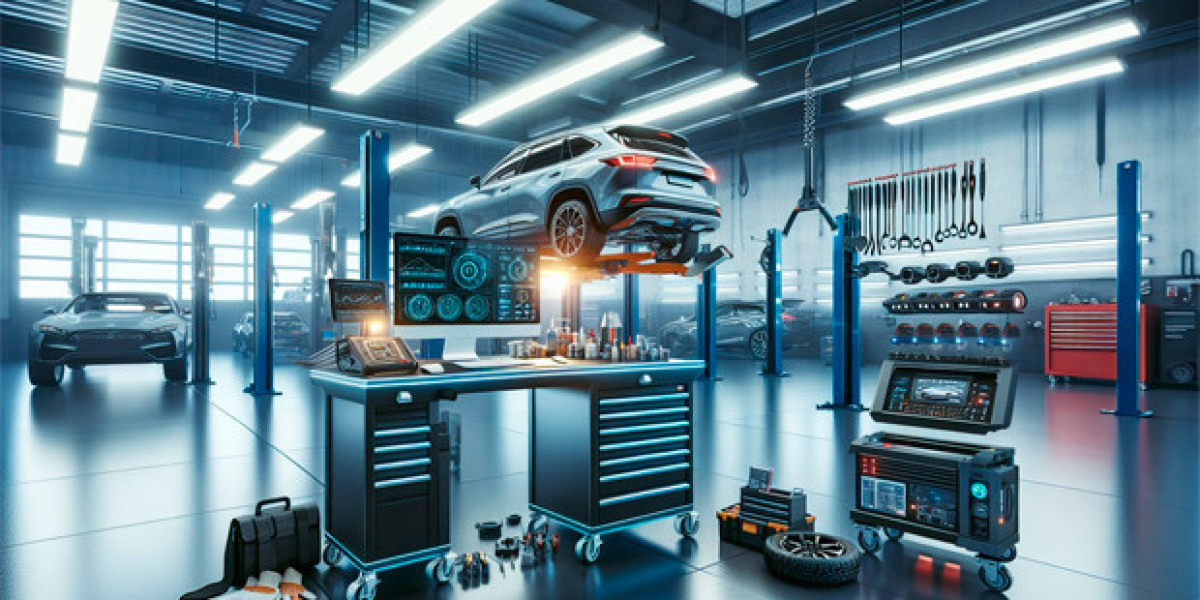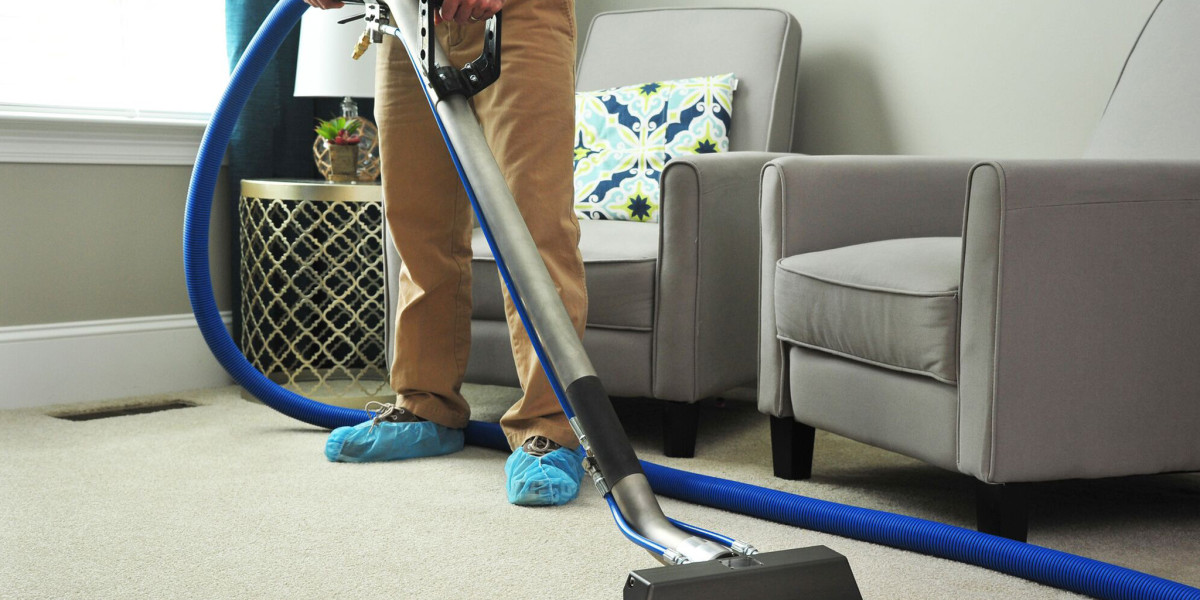Understanding In-Built Ovens: A Comprehensive Guide
In the realm of contemporary kitchen design, built-in ovens have increased to prominence, mixing performance with aesthetics. Their smooth combination into cabinets supplies a streamlined appearance, making them significantly preferred by homeowners and culinary enthusiasts alike. This post explores the various functions, benefits, setup considerations, and popular types of in-built ovens, alongside addressing some often asked concerns.
What is an In-Built Oven?
An in-built oven, typically referred to as a built-in oven, is a kitchen home appliance developed to be installed within cabinetry, instead of as a freestanding system. This configuration permits a more sophisticated and orderly kitchen layout while making the most of available space. Built-in ovens come in different sizes, styles, and performances to match various cooking requirements and preferences.

Benefits of In-Built Ovens
The benefits of setting up an in-built oven extend beyond simple aesthetic appeals. Here are some key advantages:
Space Efficiency: Built-in ovens are developed to fit snugly within kitchen cabinetry, making them ideal for compact areas. This style leaves counter space complimentary for meal preparations.
Personalized Design: Homeowners can pick from a variety of styles and finishes to complement their kitchen decor, enhancing the overall look of the space.
Improved Functionality: Many built-in ovens are geared up with advanced cooking technology, supplying functions such as convection cooking, steam cooking, and self-cleaning functions, which enhance cooking performance and versatility.
Ergonomic Height: Installing an oven at eye level reduces the need to bend down, making it much easier to examine food and handle meals without straining the back.
Improved Safety: Built-in ovens can include safety functions such as cool-to-the-touch surface areas and child locks, which can be especially essential in homes with children.
Types of In-Built Ovens
In-built ovens come in several types to accommodate different culinary requirements. Below is a comparison of typical types:
| Type | Description | Pros | Cons |
|---|---|---|---|
| Single Oven | A conventional oven that cooks from one area | Space-efficient, much easier to utilize | Limited cooking capacity |
| Double Oven | Two separate oven compartments for diverse cooking | More cooking space, versatility | Higher cost, takes up more space |
| Compact Oven | Smaller sized ovens suitable for little kitchen areas or as a second oven | Space-saving, flexible | Minimal capability |
| Steam Oven | Utilizes steam for Integrated Electric Ovens cooking, maintaining wetness | Healthier cooking alternatives | Usually more pricey |
| Wall Oven | Built into the wall, available in single or double configurations | Conserves flooring space | Installation intricacy |
Functions to Consider When Choosing an In-Built Oven
When selecting an inbuilt oven, a number of features should be taken into account:
Size: Measure your kitchen area and cabinetry to ensure the oven fits effectively. Common widths for built-in ovens range from 24 inches to 30 inches.
Cooking Methods: Determine the cooking methods you prefer-- conventional, convection, or steam. This decision will significantly influence your cooking design and the oven's abilities.
Energy Efficiency: Look for ovens with high energy performance rankings. These models conserve cash on energy expenses and are much better for the environment.
Control Options: Evaluate the control interfaces. Some designs use wise functions permitting remote cooking control and monitoring through mobile phone apps.
Security Features: Ensure the oven comes with vital security features, specifically if kids will exist. Lock-out mechanisms and cool exteriors are important improvements.
Setup Considerations
Proper installation is crucial for the optimum efficiency of an inbuilt oven. Here are some setup considerations:
- Ventilation: Ensure correct ventilation to remove smoke and odors. Consult regional structure codes relating to kitchen ventilation requirements.
- Electrical Requirements: Built-in ovens typically require a devoted electrical circuit. Have a qualified electrical expert assess cost and safety.
- Expert Installation: While DIY may be appealing, working with an expert installer makes sure the Cookology 72L Electric Oven - Multifunction & Convenient is fitted securely and securely.
Frequently Asked Questions About In-Built Ovens
What is the difference between a built-in oven and a freestanding oven?
Built-in ovens are developed to be installed within cabinetry, whereas freestanding ovens can stand alone and generally combine oven and cooktop in a single appliance.
Can I set up a built-in oven myself?
While DIY setup is possible, it is often advised to hire a professional to make sure security and adherence to local building regulations.
Are in-built ovens worth the investment?
Yes, inbuilt ovens typically provide enhanced aesthetic appeals, advanced functionality, and effective usage of space compared to conventional freestanding designs.
What maintenance do in-built ovens require?
Routine cleansing, inspecting seals, and guaranteeing correct ventilation are important upkeep jobs. It's suggested to follow the manufacturer's guidelines for particular care guidelines.
Just how much does an inbuilt oven usually cost?
Costs can differ considerably based upon functions, brand name, and type, but built-in ovens generally range from ₤ 700 to ₤ 3,000 or more.
Built-in ovens present a blend of elegance and functionality, making them an exceptional choice for both brand-new constructions and kitchen remodels. Comprehending the types, features, and installation considerations can empower homeowners to make informed decisions about which built In ovens and microwaves-in oven best matches their requirements. As cooking patterns progress and kitchen design ends up being more advanced, inbuilt ovens integrated will continue to play a considerable role in modern-day kitchens, merging cooking with style and performance.







